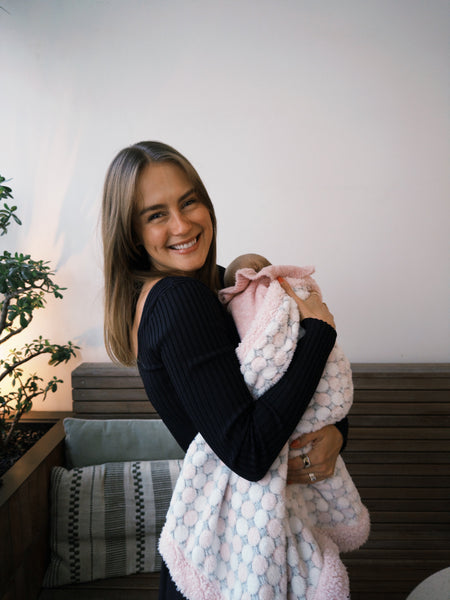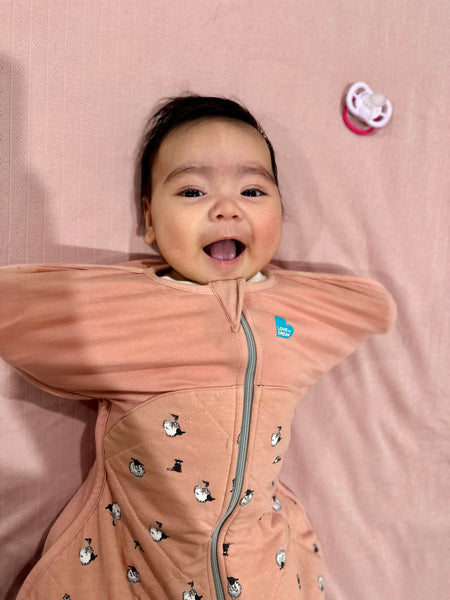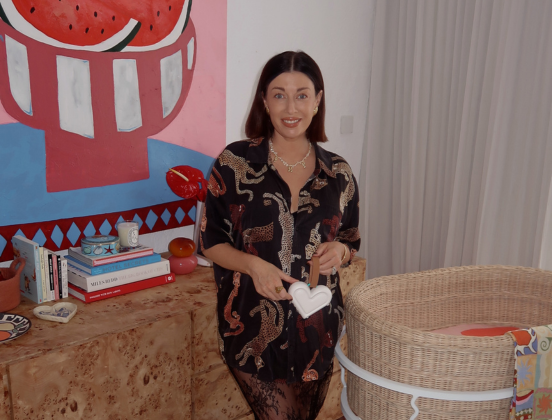What Is Pink Noise?
To understand pink noise, it helps to know first that sound is essentially vibrations. These vibrations can be categorised into speeds i.e fast or slow and how fast they move is called the frequency.
Low frequencies are slow vibrations, like a deep rumble or thunder. High frequencies are fast, like a whistle or a bird chirping.
Pink noise is a mix of both, but it leans more toward the lower, deeper sounds. That’s why it feels softer, more natural, and less sharp - kind of like an air conditioner, rhythmic heartbeat or the whooshing sounds babies hear in the womb.
How this applies to baby sleep is that it’s believed that pink and white noise could improve sleep by creating a consistent sound environment. These noise sounds can reduce the contrast between background noise and any abrupt loud noises, like doors closing or excitable toddlers playing in the other room (IYKYK!), therefore offering your little one a chance at an uninterrupted snooze.
Also, as a rhythmic heartbeat or a "whooshing" sound of the womb falls into a pink noise category, it can be assumed that the familiarity of the womb sound may ease the transition to world-side and make for a more restful sleep. Is that not just the sweetest?!
Examples Of Pink Noise Sounds
Some other examples of sounds that fall into the pink noise category are:
- Steady Rainfall
- Ocean Waves
- Rustling Leaves
- Wind
- A rhythmic heartbeat
- River Flow
There is a bit of a natural-esque pattern forming here!









